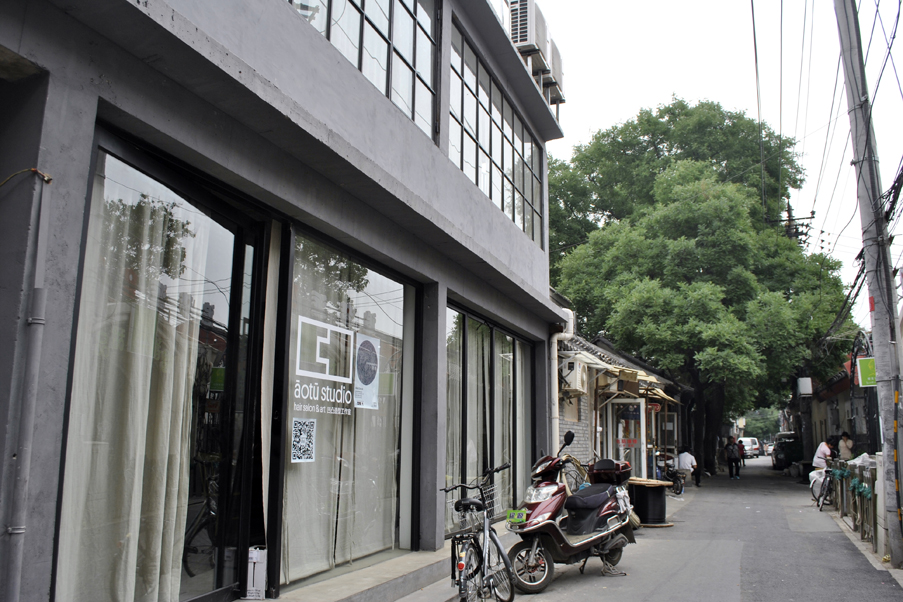Beijing: state of the art
Beijing has been increasingly considered as the most important cultural and artistic centre of China for the past few decades, as it gathers museums, galleries, artists, as well as the academic world in one city. During the 1990s and 2000s, Beijing reached its peak as an emerging art centre, as many artists saw in Beijing as an inspiring source for creativity during this dynamic period. It is this development of a powerful artistic economy that fostered further artistic centres to rise, such as Shanghai and Hong Kong. Thus, Chinese contemporary art has been shaped into a multipolar commercial structure.
What is the place of Beijing in this new configuration? The LEAP magazine tackles this issue (No. 32) in its file “The State of Beijing: A Report”. Urban art spaces were located in the North-East outskirts of Beijing (798 and Caochangdi) for a while; they now witness a slow change as they are slightly pushed back towards historical and cultural neighbourhoods, in the city centre. This revival of a traditional Beijing would breathe new life into an art seen as being too commercial and too conventional. As this new way of thinking gets off the ground, the authors investigate the redefinition of artistic identity.
The hutongs form a winding maze of little streets and houses, largely populated by the less well-off of Beijing. Confined within the 2nd ring road, they fit well with the “alternative” Western ideal. You can find of quaint little shops or bars there, self-financed, inexpensive and local community oriented. In the early 1990s, several local artists, mainly coming from the experimental music scene, had already left the city’s outskirts and moved into the hutongs. They were then followed by young expatriates in search of new forms of artistic expression. According to Alessandro Rolandi, these local and foreign artists –whose cultural exchange is not altogether automatic – are “Cultural operators that question their own methods, practices and objectives” within a privileged framework, where they are relieved from the constraints of norms and values.
As they are away from large industrial-villager spaces of 798 and Coachangdi, the practices that are today arising at a micro-scale are hybrid: they combine music, design, architecture, photography and video. They take the form of studios, discussions, think-tanks and galleries where DIY practices are welcomed. Thus, Vitamin Creative Space, Arrow Factory, Home Shop, Intelligentsia, AOTU Studio, Flicking Forehead, the Institute for Provocation and also I: project Space are spaces stemming from the same movement in which culture, knowledge, politics, history, religion, philosophy, urbanism, linguistics- define their artistic path.
Fostered by social networks such as WeChat – an app allowing the user to instantly pass on information and ideas within a large circle of people – this level of cross-disciplinarity would lead to a transfer of power from one distinct group of artists to the other. There would be a shift from a limited core of artists, who today work in museums and private galleries, towards a new system in which any person part of this circle could call themselves an “artist”.
Another fundamental point that we need to mention is that the space and culture embodied by the old Beijing is at the heart of these artists’ studies, references and exhibitions. The old centre is not just a place to live in; it is at the root of their reflections and analysis. Finally, we ask perhaps the following question: would Beijing’s artistic “modernity” lie today in its own tradition? Although this artistic community seeks a glimpse of authenticity in the hutong, this in has the reverse effect – as a Western-centric vision of alternative art influences them – shaking these emblematic traditional places up.
-
2015/06/15

-
Beijing

-
Oriane Pillet


the other map
Explore arrow
arrow
loading map - please wait...




